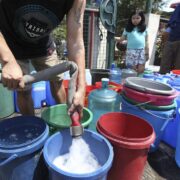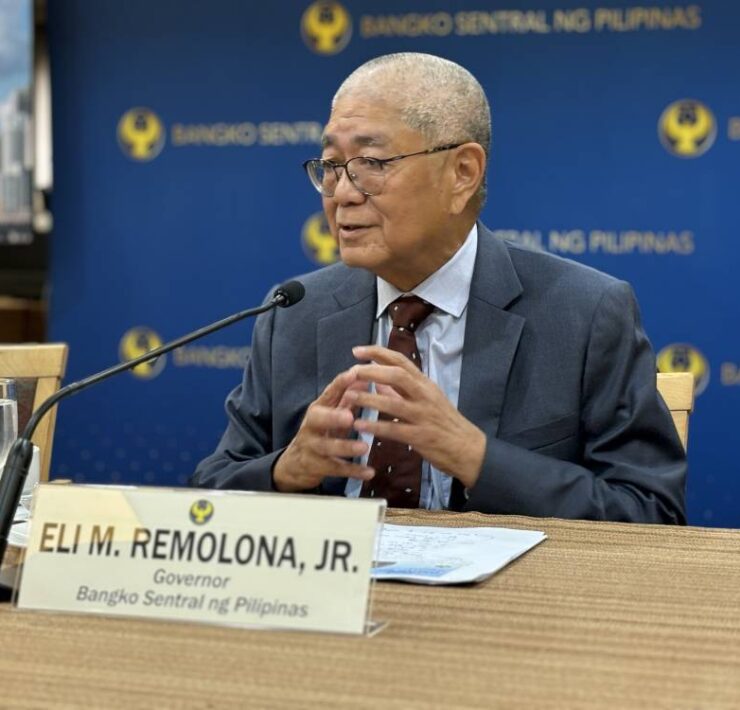BSP: Number of fake banknotes surged by 18.4% in 2024

Documented counterfeit banknotes went up by 18.4 percent year-on-year in 2024, which the Bangko Sentral ng Pilipinas (BSP) attributed to increasing capability of banks and the public to detect fake bills.
In its 2024 annual report, the BSP said such an increase was equivalent to 13.2 parts per million of genuine banknotes in circulation, from 12.2 parts per million in 2023.
Paper banknotes accounted for the majority of documented counterfeits, with the P1,000 banknote being the most counterfeited at 59.9 percent. This was followed by the P500 paper banknote at 19.3 percent.
In contrast, counterfeit coins declined by 87.8 percent and remained below one part per million of genuine coins in circulation.
The central bank said lenders and the public were getting better at spotting fake bills. Counterfeits were frequently recovered in areas with high foot traffic, such as shopping malls (27.2 percent), supermarkets (25.9 percent) and wet markets (20.9 percent).
The BSP reported that the P1,000 polymer banknote exhibited resilience, with only three low-quality counterfeits recorded in 2024. These counterfeit polymer banknotes were printed on paper, with the transparent portions cut out and substituted with substandard plastic. This made the fake bills easily detectable by the public.
Late last year, the BSP started circulating polymer bills in P500, P100 and P50 denominations. Similar to the previously issued 1,000 piso—whose design showcases the Philippine eagle and sampaguita flower—the other denominations feature native and endangered Philippine species.
The shift to plastic-based raw materials was part of the central bank’s attempt to introduce more durable banknotes in response to the rapid deterioration of abaca-based peso bills, especially smaller denominations often used in wet markets.
Central banks around the world change the designs and materials of their banknotes every 10 years, on average, to prevent counterfeiting. The BSP said countries like Canada, Australia, New Zealand, Malaysia, Mexico, Fiji and Vietnam had experienced a great reduction in counterfeiting cases after shifting to polymer banknotes.
BSP data showed counterfeiting techniques predominantly involved inkjet printing, which accounted for 79.7 percent of documented cases. This was followed by laser printing at 12.6 percent and altered security threads at 7.6 percent.
Geographically, reported counterfeit currencies were highest in the National Capital Region at 52.2 percent.





















